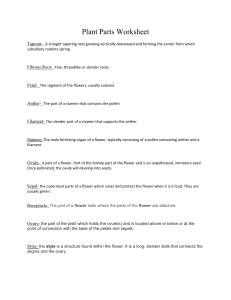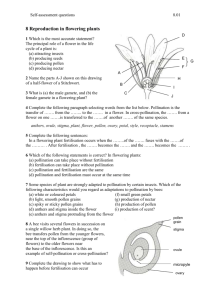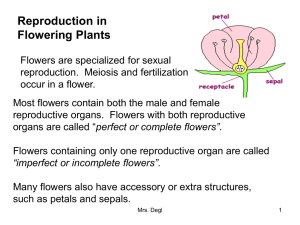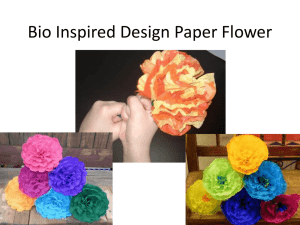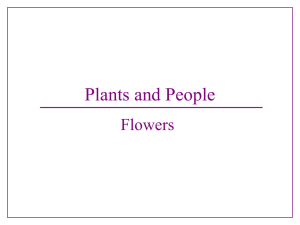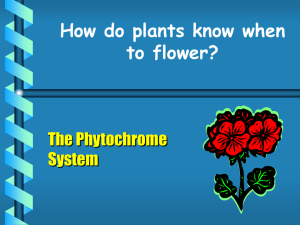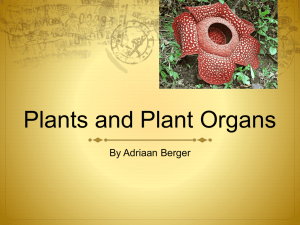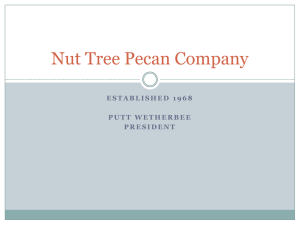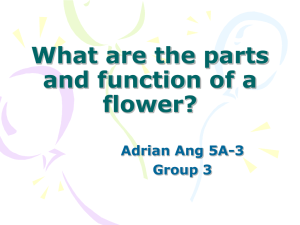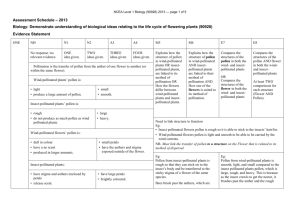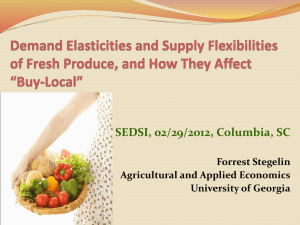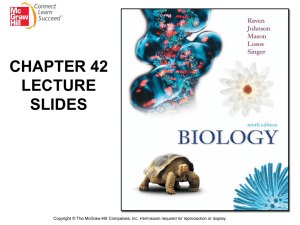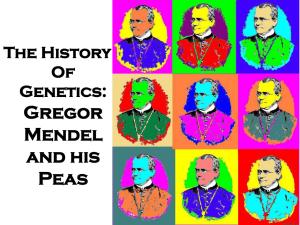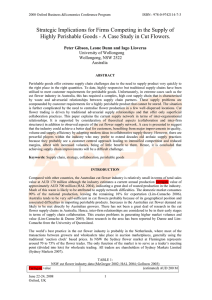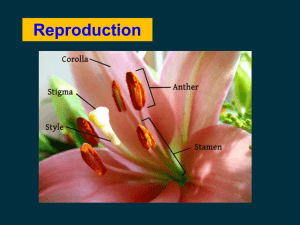Redlove - Snapshot Science
advertisement
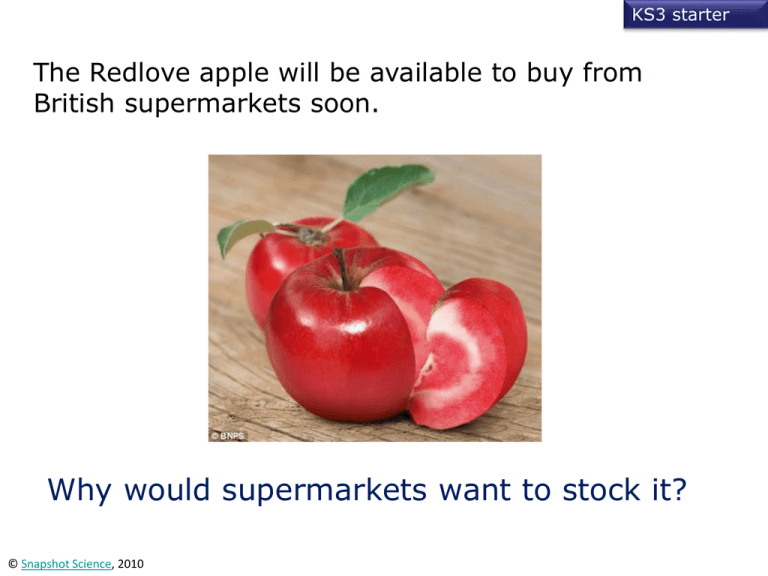
KS3 starter The Redlove apple will be available to buy from British supermarkets soon. Why would supermarkets want to stock it? © Snapshot Science, 2010 KS3 activity People in Iran have been eating red-fleshed apples from wild trees for centuries. The apples taste very sour. How did a grower produce apples that we would want to eat? Iranian small redfleshed apples that taste very sour. © Snapshot Science, 2010 Gala apples - large tasty white-fleshed apples. KS3 activity If he breeds the two plants together then the offspring will have a variety of their parent’s characteristics. To get the ideal red fleshed apple the grower must breed together the best two offspring, and keep repeating this over and over. This is called © Snapshot Science, 2010 selective breeding KS3 activity Growers can breed two different plants together by using cross-pollination. First the grower must decide which plant is to produce the pollen (flower A) and which will receive the pollen in its stigma (flower B). These must be clearly marked, perhaps with different coloured thread or a tag. The next step is to ensure that flower B is not fertilised by its own pollen (self-pollination). Some growers remove the anthers (the male parts, which produce pollen) with tweezers. They may need a magnifying glass to do this. To prevent fertilisation from another flower growers tie up the petals of the flower with a piece of string or put a polythene bag over the flower to protect the stigma. To cross pollinate the grower rubs a paint brush over the anthers of flower A. They then remove the protector from flower B and rub the pollen over its stigma. Hopefully fertilisation will happen and a new plant is made (a mixture of the characteristics from both plants). © Snapshot Science, 2010 KS3 activity Your task is to write an article for Plant Growers Weekly about how selective breeding was used to develop the Redlove apple. You need to explain: Why selective breeding was used How it was carried it out Why it took 20 years © Snapshot Science, 2010

